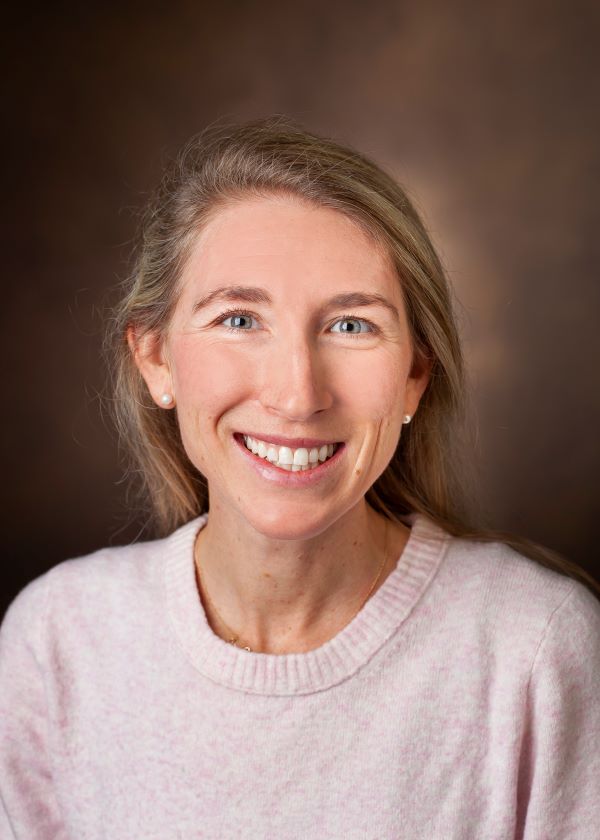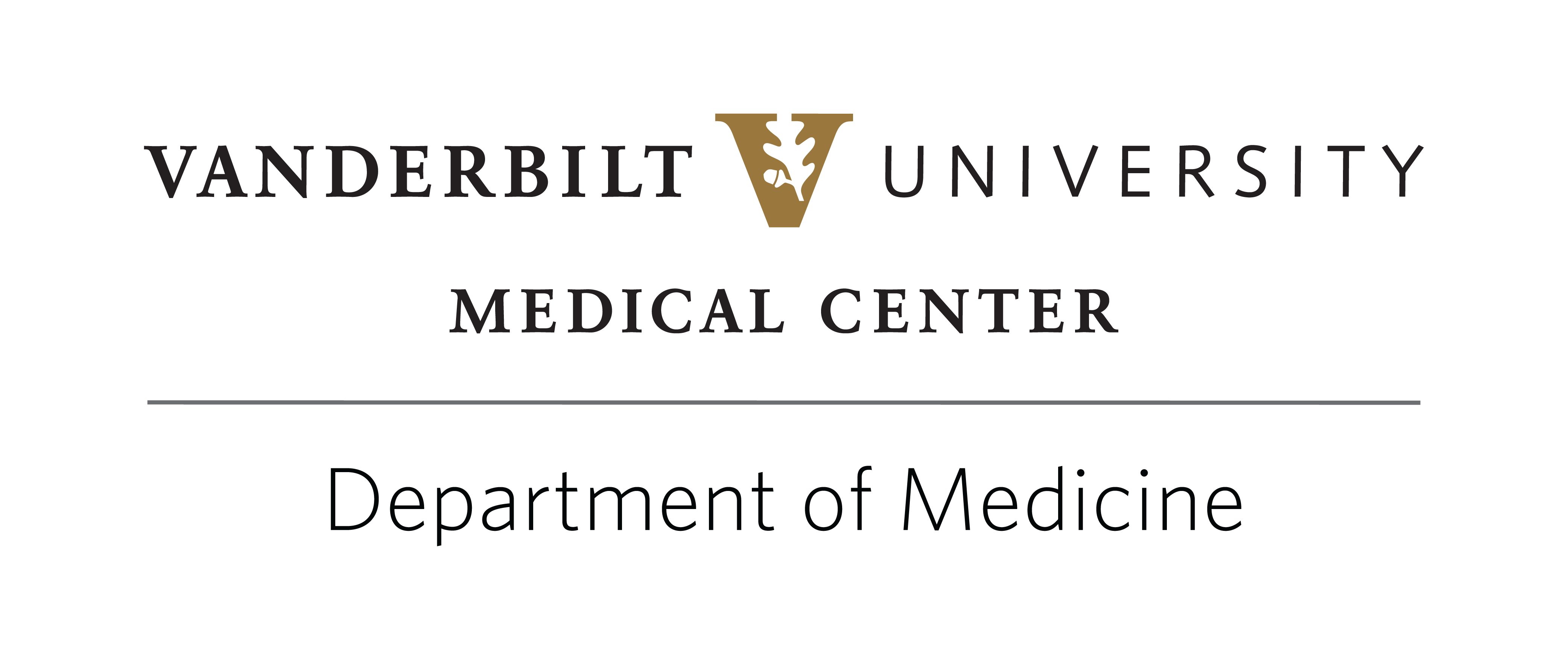Department of Medicine
Physical Diagnosis Course
MED-5012-0930
Course Description
Physical Diagnosis is a longitudinal course for first-year medical students and serves as an introduction to clinical medicine. Students gain the knowledge and skills essential for performing a medical history and physical examination. Physical Diagnosis emphasizes skills related to patient interviewing and to performing a comprehensive physical examination.
The course follows the body system(s) being taught in the FMK phase, with guest lecturers presenting core concepts and small-group sessions designed for hands-on learning. Students work with faculty preceptors over the course of the year as well as with senior students in the simulation lab on a routine basis to hone their skills. Assessment occurs through regular quizzes, end-of-block examinations, midterm and final practical examinations, and faculty preceptor evaluations.
Course goals
The primary goal of the course is to train students to conduct a thorough, accurate medical history and physical examination. Students are taught to apply their growing knowledge of physiology and pathology to clinical observation and problem solving in the clinical environment. Additional focus is given to the development of communication skills, professionalism, and patient-centered care.
Course overall learning objectives
- Demonstrate comfort with patient encounters utilizing professional and patient-centered interviewing and examination techniques.
- Incorporate knowledge of pathophysiology into the process of history taking and examination.
- Perform a complete history including medications and allergies.
- Perform a complete physical exam.
- Describe symptoms and physical findings associated with common disorders.
- Present clinical data to colleagues in a clear and concise manner.
- System and exam-specific learning objectives are listed with appropriate lecture topic(s) on VSTAR
Relevant links
Contact us
Support:
Reed Sparta
615-343-6657
reed.sparta@vumc.org
Coordinators:
Nayyer Ghadirian, Office of Undergraduate Medical Education
Phone: 615-343-2653; E-mail: nayyer.ghadirian@vanderbilt.edu
Tori Mitchell, Office of Undergraduate Medical Education
E-mail: victoria.k.mitchell@vanderbilt.edu
Program Co-Directors

Rachel K. Apple, MD, MPH
Assistant Professor of Internal Medicine and Pediatrics
rachel.apple@vumc.org
615-936-1969
